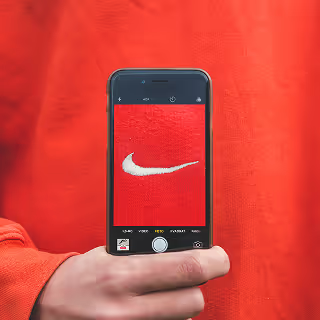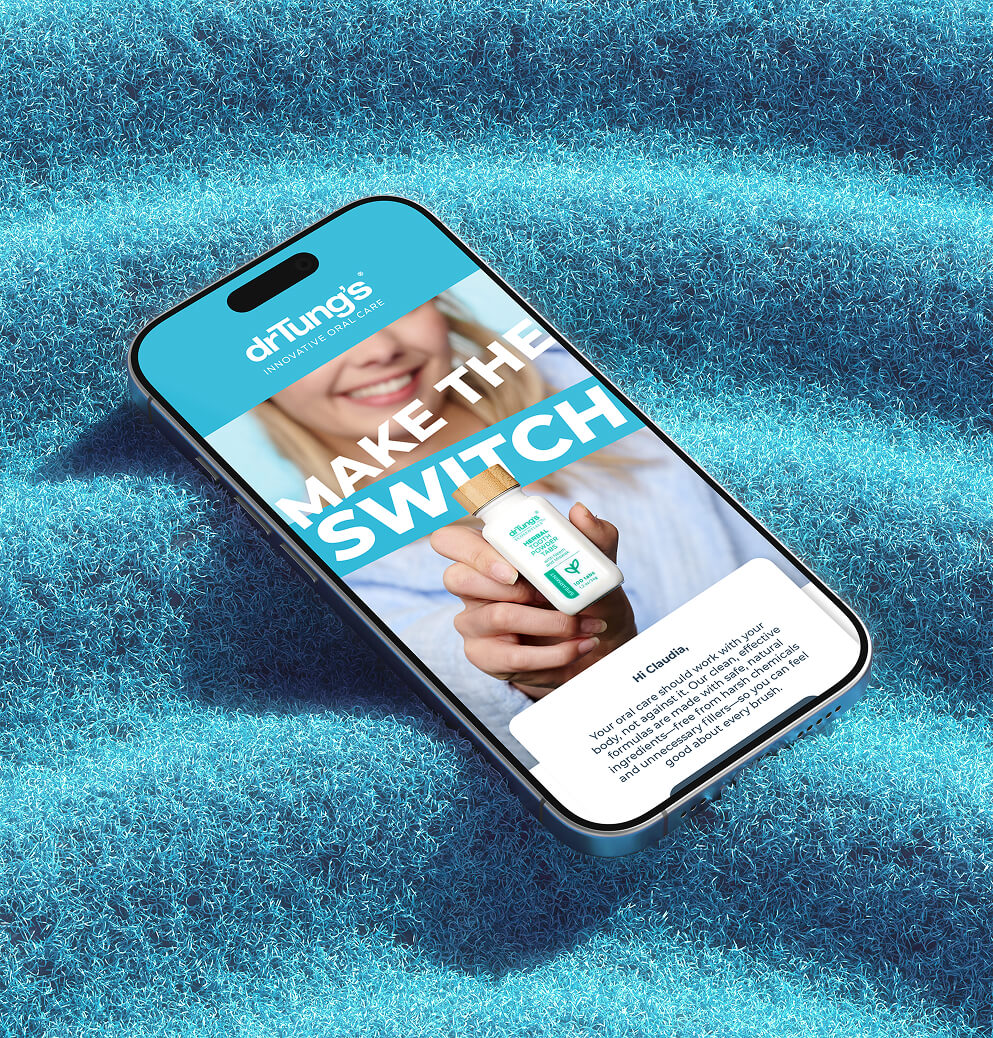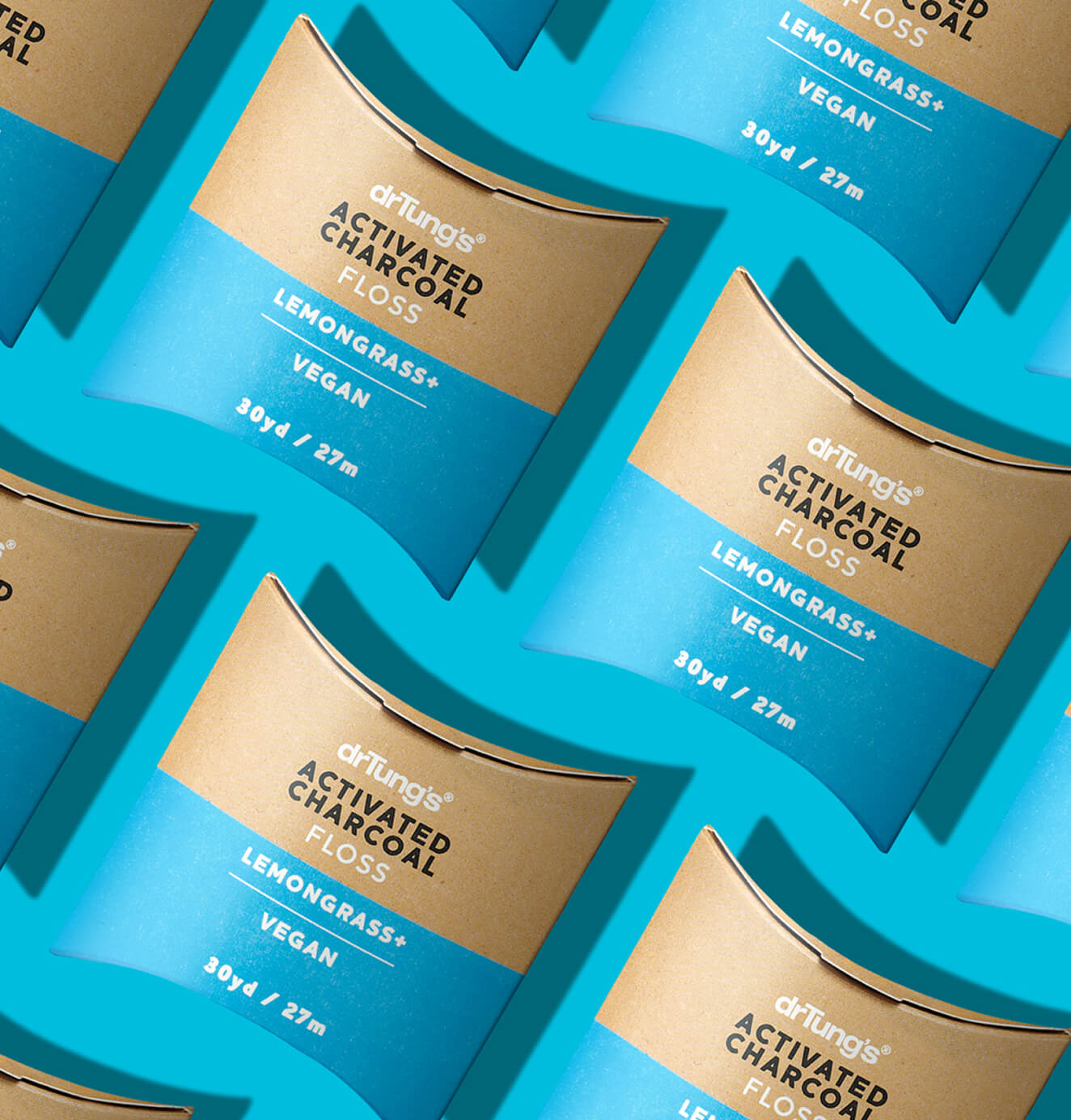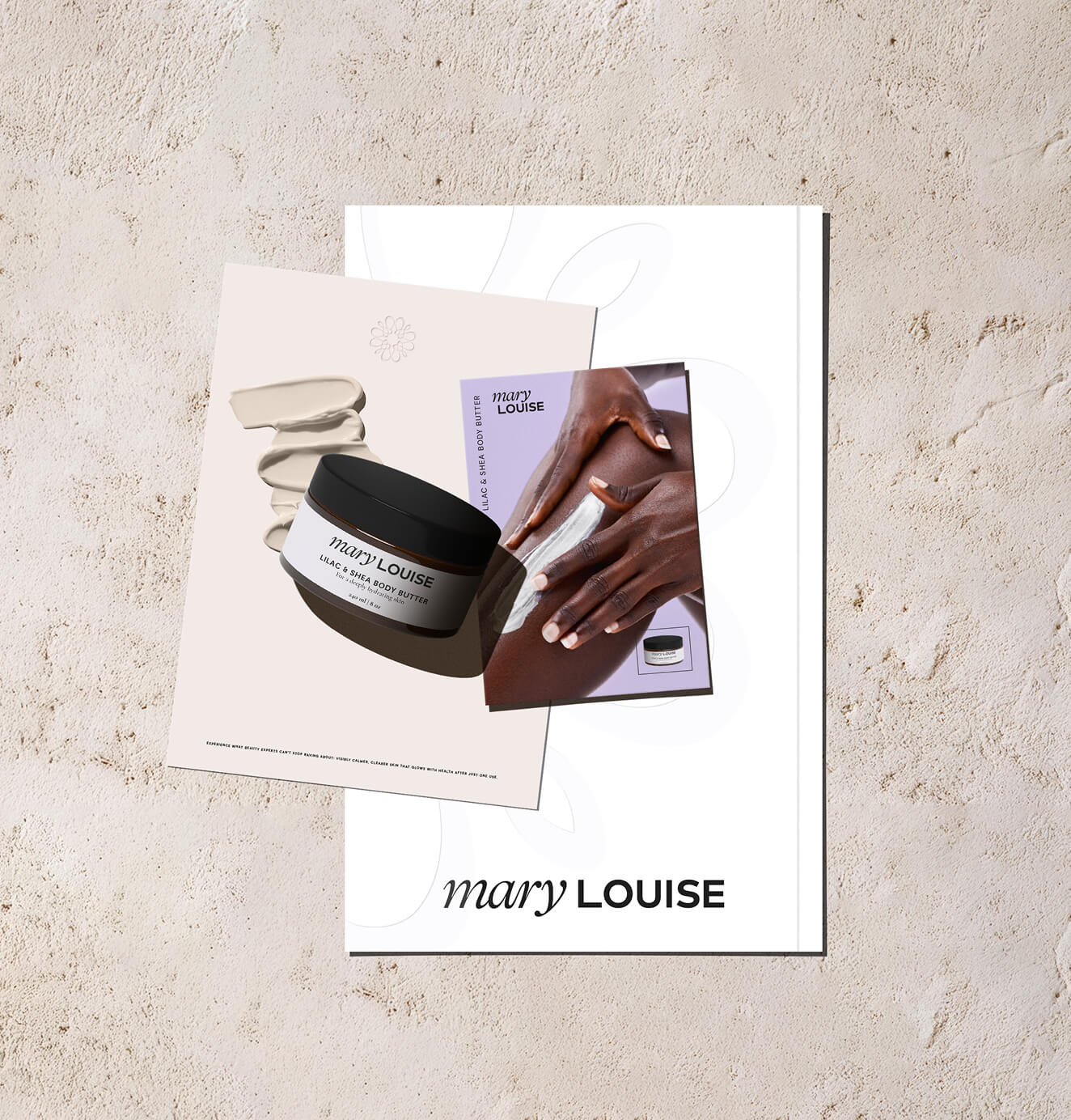Brand Differentiation
08/06/2025
Brand Strategy
In a saturated marketplace, brand differentiation is the key to standing out and staying relevant.

It can be a challenge to stand out in today's crowded marketplace, but it doesn't have to be so hard! With the right strategy and understanding of your audience, you can differentiate your brand and make sure it resonates with people. Start by creating an identity that is unique and recognizable. This can include a catchy name, logo, colour palette and design style – anything that will help you stand out from the crowd.
.png)


What is Brand Differentiation?



It's also important to think about how your brand messaging speaks to potential customers.
Make sure your message is clear, relevant, and authentic – this will help build trust with your audience.
Additionally, consider what channels are appropriate for spreading your message – from social media to traditional advertising, there are many effective ways to get your brand seen and heard.
Finally, make sure you stay consistent with your identity over time – this will help build recognition and trust among customers and ensure they know who you are down the line.
Brand differentiation is the means by which you set your brand apart from the competition.
This is a very intricate process that requires a deep look into what makes your brand unique and how you can create an authentic connection with your audience.
It is important to understand that the process of setting your brand apart from the pack is very fluid.
What once may have been your greatest asset may not always be so.
The nature of the market, the needs of the customers, and the nature of your competition are always in flux.
This is why understanding the why of brand differentiation can help you to remain agile and continually adjust the how of your strategy.
In its simplest form, brand differentiation is the means by which your brand sets itself apart from the competition.
Our brains are hard-wired to notice differences between different brands, and we are constantly seeking new brands that speak to us on a deeper level.
If you want to be a brand that captures the attention of a target audience, you need to understand who they are, what their values are, and what their customer journey looks like.
This is important to keep in mind as we discuss the different strategies that you can implement in order to achieve real differentiation in your market.
Why Brand Differentiation is Important
People are emotional creatures.
They crave connection and inspiration.
They are also tired of being bombarded with ads from brands who just want to steal their attention.
People in today’s market are not driven to choose a particular brand based on how “good” your product is or whether it is functional or not.
They choose companies that align with their beliefs and their deepest needs and desires.
This is precisely why the influencer industry has exploded - because influencers are pros at relating on an authentic level with their audience.
If you want to really be able to differentiate your brand, it is important to first understand what a brand really is.
A brand is more than just a logo or a service - it is a feeling.
It's the meaning that customers interpret after they experience your story as a part of their lives.
If your brand is going to stand out, you need to focus on how you can give relevant customers that gut feeling that your brand is the right one for them.
According to some exciting research performed by Harvard Professor Gerald Zaltman, consumers are constantly contradicting themselves.
According to his findings, people aren’t guided by their logical brain when it comes to choosing a brand to support, they are actually guided by their emotional brain.
Studies completed by neuroscientists have found that people whose brains are damaged in the area that generates emotions are actually incapable of making decisions.
This tells us that if you want the consumer to remember your product or brand, they must be engaged and impassioned when they interact with your brand.
As you think about how to differentiate your brand, it is critical to think about both the features of your product as well as the lifestyle and feelings associated with it.
What Makes a Great Brand Differentiation Strategy?












(telling a great story to create brand salience, establishing authenticity, creating an experience)
If your brand is going to stand out from the endless sea of competitors in our current market, you will need a robust differentiation strategy that gets to the heart of what makes you unique.
Myths and stories have captivated humans since the beginning of time.
They speak to our inner human nature and to the deepest parts of ourselves - which is why the most effective way to differentiate is to create an undeniably unique narrative that surrounds the lifecycle of your product or services.
Your brand differentiation strategy should be based on your brand’s story and your brand identity.
Ask yourself these questions:
- What is the story that our customer journey creates?
- How can I involve the customer in this journey?
- What type of experiences will create more of an authentic connection to my brand?
One of the most powerful examples of a company that has achieved true brand salience with this strategy is Red Bull.
Brand Differentiation Case Study: The Red Bull Media House
Their team created the Red Bull Media House in order to create a multi-platform storytelling strategy to bring its brand to the global stage.
They knew that if they were able to tell a story around all of the different individuals that were living their brand, they could integrate themselves into the lives of an entire generation.
The Red Bull Media House knew their target audience consisted of active 18-35-year-olds, so they targeted the places and adventures these individuals were living - bars, nightclubs, coffee shops, sporting events, colleges, music festivals, gyms, etc.
This was just the beginning - over the years, they have created dedicated media channels for every type of active individual in this age range by working with professional athletes, music festivals, artists, and everything in between.
People were seeing Red Bull sponsoring their favorite events, they were seeing it in the hands of their role models - they were seeing it alongside and as a key part of their own journey.
With this strategy, the Red Bull brand became synonymous with adventure, passion, energy, youth, fun, creativity, and the overall restless soul that powered a generation.
They knew their target audience, and they created an authentic emotional connection with them through this brand strategy.
Want to learn more about brand platforms, Brand Strategy and Brand Identity? Keep reading!
If you need help with your companies brand strategy and identity, contact us for a free custom quote.
How To Create a Powerful Differentiation Strategy

If you want to create your own differentiation strategy that creates that coveted emotional bond with your audience.
Here are a few tips:
Understand Your Emotional Motivators
Most companies understand that the emotions of their customers are important, but have no idea where to begin.
To achieve the highest emotional response, you should target your consumer through many different senses.
For example, think about the colors and shapes on your logo, the experience of your homepage, or even the way you package your product.
How do they make consumers feel?
Consider the words and messaging carefully.
Are they emotive and engaging?
What is the experience of your retail location?
Every interaction with your brand is a chance to position your brand as something special.
Some of the most important emotional motivators, according to research from the HBR, include:
- Standing out from the crowd
- Improving confidence in the future
- Enjoying a sense of well-being
- Feeling a sense of freedom
- Protecting the environment
- Feeling secure
With these emotional motivators in mind, try to feel out which of these options aligns with your customer experience and unique value proposition.
Then, you can design your brand voice and strategy to create campaigns that align with these emotional motivators.
Create an Experience

The most effective brand differentiation strategies are able to create an experience around their product and/or services.
The customer experience is the customer’s perception of how a business treats them.
This experience plays a huge role in customer satisfaction and can cultivate positive or negative feelings towards your brand.
When designing your experience, brand positioning is key.
Think about the key qualities you want your brand to convey to your audience.
When customers think of your brand - what should they be thinking of? Innovation? Freedom? Sustainability?
One of the best ways to create an unforgettable experience is to design personalized experiences based on different segments of your target audience.
The more you understand who your customers are and what their needs are, the more you can personalize the experience and deliver real value to their lives.
Adopt the Top-Down Approach
If you want your audience to emotionally connect with the story you are telling, your company needs to embody that story.
This is why it is essential for your entire organization to implement the differentiation strategy.
Companies that are living their own values and not simply touting them to convince customers to buy something will always have a better ability to connect with their audience.
So, by focusing on creating an organization that is so unique and true to itself that it is undeniably transparent and authentic, you can create magnetic energy that will draw in your target audience.

Sloane Avery
As entrepreneurs, they’ve built and scaled their own ventures from zero to millions. They’ve been in the trenches, navigating the chaos of high-growth phases, making the hard calls, and learning firsthand what actually moves the needle. That’s what makes us different—we don’t just “consult,” we know what it takes because we’ve done it ourselves.
Want to learn more about brand platform?
If you need help with your companies brand strategy and identity, contact us for a free custom quote.
We do great work. And get great results.
+2.3xIncrease in revenue YoY
+126%Increase in repurchase rate YoY








+93%Revenue growth in first 90 days
+144% Increase in attributed revenue








+91%Increase in conversion rate
+46%Increase in AOV








+200%Increase in conversion rate
+688%Increase in attributed revenue












